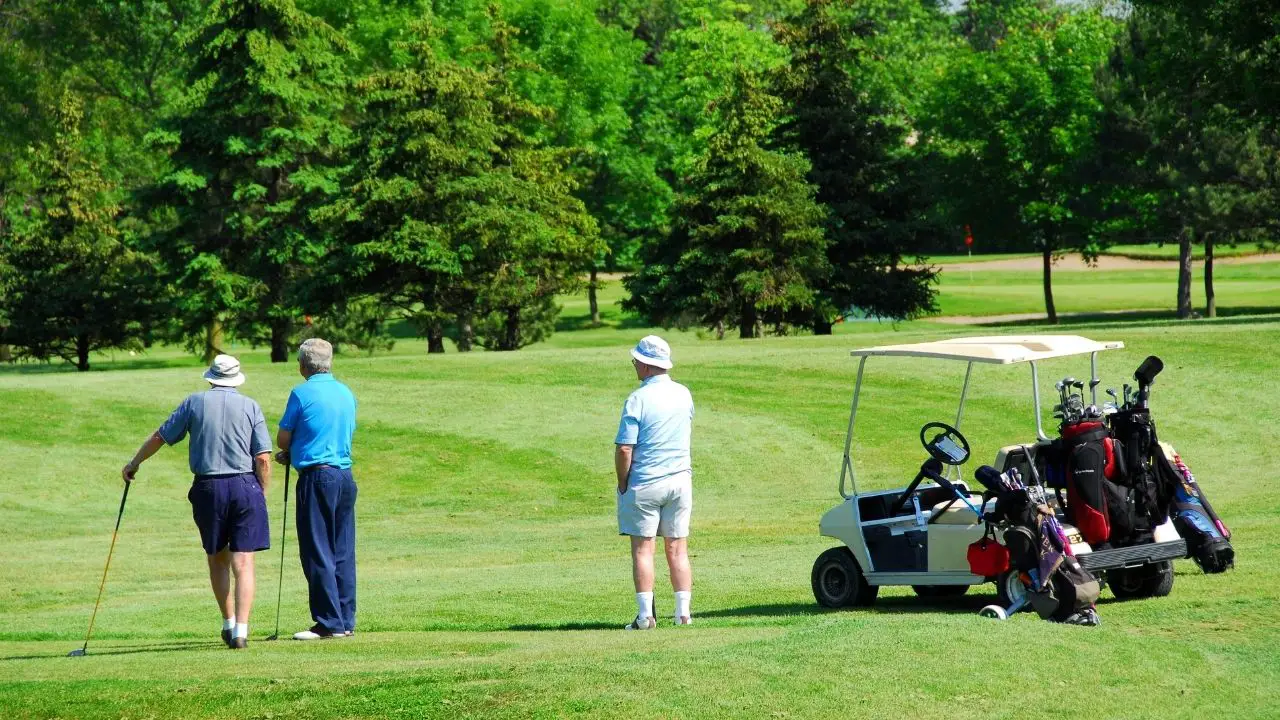Planning a camping trip with your family can be an exciting experience, but it’s important to ensure that everyone stays safe and comfortable.
By following some simple steps, you can make sure that your camping adventure is fun for all members of the family.
From choosing the right campsite to packing the necessary supplies, this article will help you plan a safe and accessible camping trip with your family.

Table of Contents
Choose the Right Campsite
Picking the right campsite for your family can be tricky, but with the right research and preparation, you’ll find the perfect spot!
The first step is finding a suitable location. Do some research online or in guidebooks to identify potential sites that have all the amenities you need, including any special needs access.
Once you’ve narrowed down your list of locations, spend some time researching their facilities. Make sure they have enough space for your group size and that they offer the necessary safety features such as fire pits and emergency toilets.
Be sure to check if there are any health and safety protocols that must be followed at each campsite before making a final decision.
With some thorough research, you’ll be able to plan an enjoyable and safe camping trip with your family!
Prepare for Emergencies
Packin’ a first-aid kit, flashlight, and extra blankets is essential for any getaway. No matter if you’re camping in the woods or at an RV park, it’s important to be prepared for anything that may come your way.
Before leaving on your family camping trip, take some time to assess potential risks and plan ahead for emergencies.
| Potential Risk | Emergency Preparedness Plan |
|---|---|
| Wildlife Attacks | Research wildlife in the area and carry bear repellent/ pepper spray as necessary. |
| Natural Disasters (earthquakes/ hurricanes) | Bring disaster kits with items such as emergency food and water, extra medications, flashlights, batteries, etc. Understand the natural disaster policies of the campsite before you go. |
| Illness & Injury | Pack a first aid kit with bandages, antiseptic wipes or cream, pain relievers like ibuprofen or acetaminophen and other essentials like antihistamines. Make sure all of your family members are up to date on their vaccines before going on the trip too! It’s also important that one adult knows basic CPR/first aid techniques just in case someone needs medical attention quickly. |
Pack the Right Supplies

When planning a camping trip, it’s essential to pack the right supplies for your family. Choose clothing that’s appropriate for the weather and activities you plan to do.
Essential safety gear such as first aid kits, flashlights, and tents should also be included in your packing list.
With the proper preparation and supplies, you can ensure an enjoyable and safe camping experience for everyone.
Choose Appropriate Clothing
Choose clothing that’ll keep you comfortable and safe, whether it’s shorts and a t-shirt or a warm coat. You’ll be glad you thought ahead!
It’s important to choose fabrics that are lightweight, breathable, insulating, and waterproof. Make sure to check the size of each item. If it’s too big or too small, it may not be comfortable or provide enough protection against the elements.
For added safety, consider packing extra layers like sweaters and jackets in case of unpredictable weather.
Bottom line: pick clothes that fit well and can handle whatever Mother Nature throws your way!
Bring Essential Safety Gear
Bringing essential safety gear on your outdoor adventure is a must – so don’t forget to equip yourself with the proper items!
Make sure you bring appropriate tools like a first-aid kit, flashlight, and whistle for signaling in an emergency. Additionally, consider bringing a map and compass or GPS device to help you navigate unfamiliar terrain.
Plan for weather by packing rain gear, extra clothing layers, and sunscreen. Don’t forget to pack water bottles and snacks as well!
Here’s a 3 item numeric list of essential safety gear:
- First-aid kit
- Flashlight & whistle
- Map/compass or GPS device
Implement Safety Practices
Making sure your camping trip is safe and accessible for all family members involves implementing several safety practices.
To ensure hygiene, everyone should bring their own personal items like toothbrushes and towels, as well as hand sanitizer and soap to maintain good hygiene during the trip.
Additionally, when planning meals, make sure to check food labels before buying ingredients and preparing dishes to ensure that those with allergies are not at risk.
Finally, it’s important to establish a few ground rules with your family before heading out on the trip. These can include such things as no running near bodies of water or leaving campsites without permission. Doing so will help create a safe environment for everyone while allowing you all to have an enjoyable experience.
| Safety Practice | What It Entails | Why It’s Important |
|---|---|---|
| Ensure Hygiene | Bringing personal items & hand sanitizer/soap Checking food labels for allergies | Prevents spreading illnesses & ensures safety of those with allergies |
| Plan Meals | Checking food labels before buying ingredients & preparing dishes | Ensures safety of those with allergies & prevents cross-contamination between different types of foods |
| Establish Rules | No running near bodies of water No leaving campsite without permission | Creates a safe environment for everyone & allows them to have an enjoyable experience |
Have Fun and Be Respectful of Nature
Enjoy nature and have fun while being respectful of the environment around you! Camping is a great way to get outside and explore, but it’s important to be mindful of your surroundings.
Here are some tips to ensure that your camping trip is both enjoyable and safe:
- Respect Wildlife:
- Don’t feed or approach wild animals.
- Keep a safe distance from wildlife.
- Leave any nests or burrows undisturbed.
- Be Mindful of Nature:
- Dispose of garbage properly – use designated garbage bins when possible.
- Minimize noise levels, especially at night – avoid loud music and shouting.
- Avoid stepping on plants or disturbing natural habitats unnecessarily.
By following these simple steps, you can have an enjoyable camping experience that respects the environment around you!
Conclusion
You and your family had a great time camping! You chose the perfect campsite, packed the right supplies, and implemented safety practices to ensure a safe and accessible trip.
Now that you’ve experienced the joy of camping together, you can make it an annual family tradition. Just remember to be prepared for whatever comes your way and respect nature along the way.
Your next camping trip awaits; go out there and have some fun!

Hi, my name is Eddie, I am a professional trainer specializing in the elderly population and I’m also a website designer. I love training in the gym, going to the beach, traveling, and having good food.
I combined my love for sport and website designing to make “DisabilitEase” whose purpose is to help elderly and disabled people live a more full and active life, have more fun, and enjoy their unique journey despite any disability.



